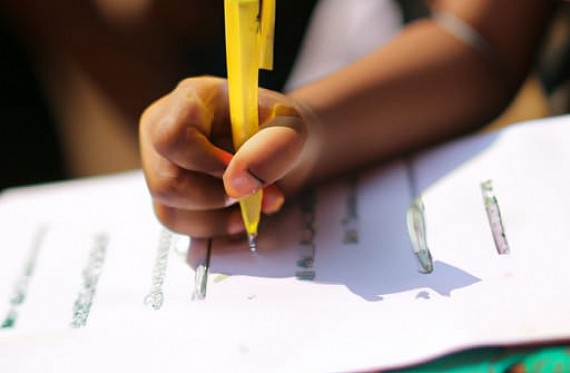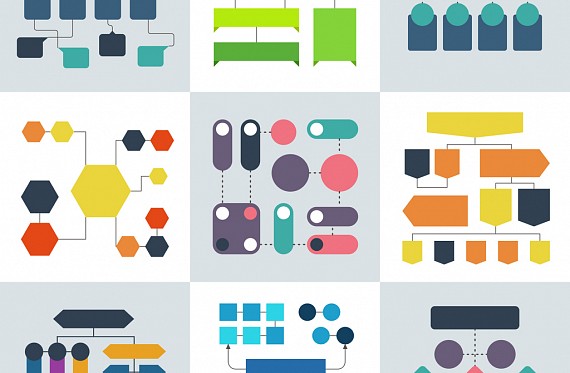Evidencing. Often considered an obstacle to free-flowing lessons and schemes of work, it can feel like a momentous task to get it right without compromising on engaging learners. However, the six ideas below have been chosen to help blend evidencing seamlessly into your PSHE lessons.
Simplify your teaching of the evolving PSHE curriculum with our versatile display pack. It covers key areas of Personal Development and includes posters and questions to engage your students effectively.
Download
PSHE is all about preparing for real-life scenarios - so what is more real than being asked for advice?
One simple but effective way for your class to show what they have learned is through responding to someone else's problems. Put simply: set your class the task of responding to an Agony Aunt letter!
By putting themselves into the shoes of the 'sender', your pupils will need to demonstrate what they have learned within the lesson(s) and apply it to a real life situation.
By reading their responses, you'll have a clear understanding of what they have taken away from your PSHE lesson, and be able to identify any misconceptions that need revisiting. This simple activity is an effective and engaging way to bring a new level of depth to your lessons, making the learning experience memorable and impactful for your students.

Perhaps a little more complex than the previous suggestion, but this one can also be a fun way to evidence learning in your PSHE lessons (and can link up with your Computing curriculum).
The premise is simple - start with a problem (such as "Should you brush your teeth?") and create a flowchart with different decisions ("have you eaten?"), leading to different outcomes ("You should brush"). By asking them to design their own game, you're giving them the opportunity to put their newfound knowledge into practice, which will help reinforce the learning process. This activity is sure to be a hit in the classroom as it is presented in a game format, and it may be something that the magazine readers in your class already recognise.
While it may take some teaching time to get your students comfortable with creating their own decision-making game, there are plenty of examples and templates available online to show your class. You can even take it a step further and start a new teaching trend of your own. With this activity, your students will not only have fun, but they'll also develop essential critical thinking and problem-solving skills that they can apply in real-life situations.

Enhance your PSHE lessons with a fun and interactive activity that doubles as a record of what was covered in class. The Word Association Map is a quick and effortless method that allows learners to visually display the key vocabulary and topics discussed in a lesson.
To create a Word Association Map, simply ask your learners to write the central topic in large letters in the middle of a page, then have them add any relevant vocabulary or terms around it. This activity can be integrated into the lesson itself or used as a wrap-up activity that takes just 10 minutes. The end result is a visual representation of the key takeaways from the lesson, serving as a valuable prompt for future revisits.

This one takes a little more time, but the benefits are visible both across the curriculum and in equipping young people for life beyond the school gates.
Allow your learners to have their books open in front of them and to write notes on what they're exploring in class. You may need to teach your class what note-taking looks like and the different ways to record information (such as bullet points, diagrams, and keywords lists), to feel the full effects. However, if it pays off, it will provide you with an insight into your learners' experiences within a lesson and can be used on a daily basis to build a bank of information.

Some quiet reflection time can help students to digest the information they have just learned. While this reflection predominantly takes place in their minds, it can be helpful for them to write or record any key thoughts or realisations somewhere.
To make this successful, you will need to provide scaffolding through a set of questions to be considered. These could include:
- How could what you have learned in this lesson help you in the future?
- Can you think of a time when you were in a similar situation? How could what you learned today have helped you?
- How would you explain what you have learned today to somebody younger than you?

An oldie, but a goldie. On the occasions where the discussion was just too good, or where none of the above methods are suitable for recording a lesson, a photograph says a thousand words. Quick to snap on a school tablet, photos can be printed and, to provide extra evidence, learners can start their next PSHE lesson by writing a caption describing what the image shows.
By using these 6 techniques to record learning, your learners' books will become a vital record of their thoughts, experiences, and learning journey. Their books will serve as a reminder of what has been taught, and provide a concise and engaging visual presentation for any external visitors who may want to see how PSHE is taught in your school.
VotesforSchools is an award-winning platform that gives young people a voice on the things that matter to them. We create zero-prep resources to empower teachers to talk to children and young people about current issues, while also meeting PSHE, SMSC & British values curriculum aims and equipping learners for life outside of school. You can try out some of our resources below:
14-Day Free Trial